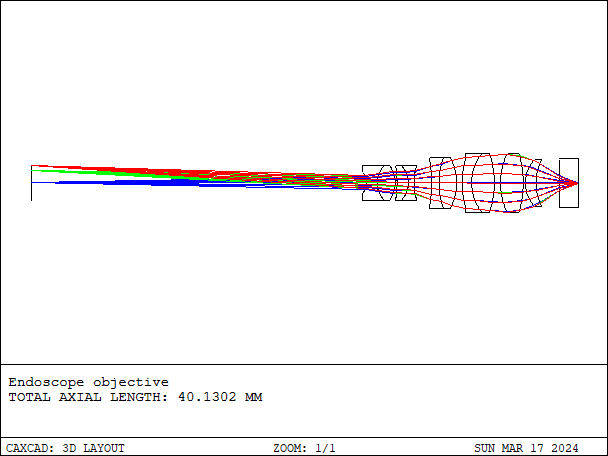Endoscope is an optical device used for medical diagnosis and treatment, typically employed to examine the internal organs, tissues, and passages of the human body.

Endoscopes typically consist of a flexible long tube and optical lens, allowing doctors to observe, capture images, or perform treatments by inserting them through natural openings (such as the mouth or rectum) or small incisions into the body.

Endoscopes can be categorized into various types, each suited for specific medical applications. Here are some common types of endoscopes:

Gastroscopes (Esophagogastroduodenoscopes): Used to examine the esophagus, stomach, and duodenum, among other digestive organs.

Colonoscopes: Used to examine the colon and rectum, aiding in the detection of colorectal diseases.

Bronchoscopes: Employed to examine the trachea and bronchi, assisting in diagnosing respiratory diseases.

Cystoscopes: Utilized to inspect the inner lining of the bladder, often for diagnosing bladder cancer.

Laryngoscopes: Designed for examining the larynx and vocal cords, commonly used to assess voice and swallowing issues.

Endoscopes are often used in conjunction with light sources and imaging devices, allowing doctors to observe and record images during examinations. Moreover, some endoscopes offer additional functionalities such as sampling, tumor or foreign body removal, drug injection, etc., to support therapeutic procedures.
The use of endoscopes for examinations is considered a minimally invasive and effective diagnostic tool, providing accurate internal organ imaging and aiding physicians in making precise diagnoses and treatment plans.

